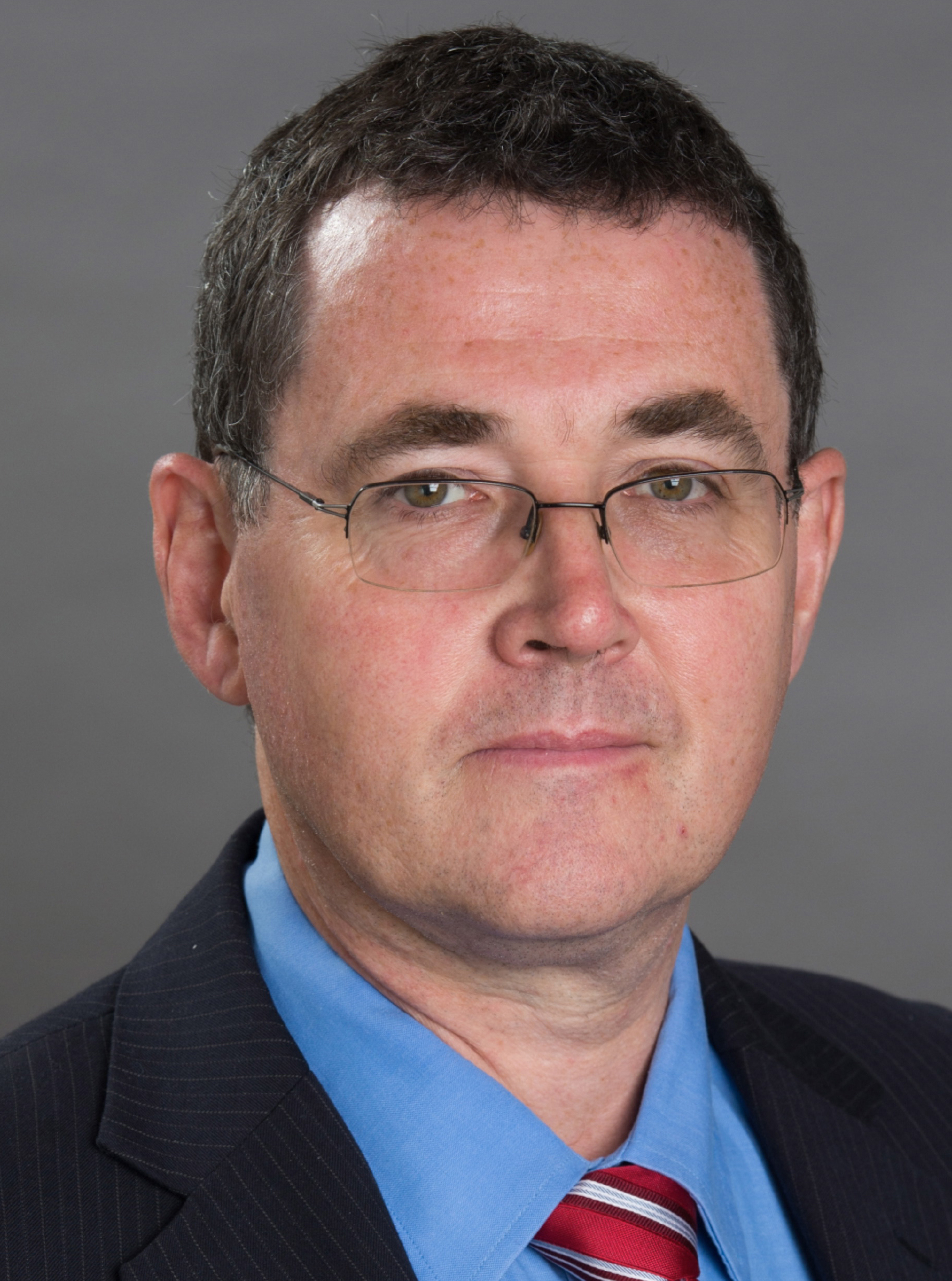Capturing detailed data about the world's nursing workforce has historically proven difficult with hundreds of different nations and sources of information.
But recently, nursing and healthcare leaders from countries around the globe united to share such statistics on the nursing workforce with one another. In April, the result of those collaborative efforts of 191 countries was the release of World Health Organization's State of the World's Nursing 2020 report, which highlights a projected shortfall of 5.7 million nurses in the global nursing workforce in the next decade unless nations increase funding to educate and employ more nurses. The report's authors discovered that there are 27.9 million nurses globally, including 19 million professional nurses who trained three to four years and 6 million associate professional nurses who trained one to two years. Even though more than 4 million nurses have been added to the global nursing workforce since 2013, the vast majority are working in countries that account for only half of the world's population. This means there are severe shortages in some countries in the African, Southeast Asian and Eastern Mediterranean regions, along with some countries in Latin America. In the African region, for example, there are fewer than 10 nurses per 10,000 people, while parts of Europe, the U.S. and Australia have 10 times as many nurses per 10,000 people.
While increasing the density of nurses in lower-income countries might seem like a daunting goal, the collaborators found that countries with a low density of nurses could prevent a global shortage by increasing the total number of nursing graduates by only 8.8% per year from 2018 to 2030 and by improving the ability to employ them.
Scaling up educating nurses would cost about $10 per capita per year in the affected low- and middle-income countries, according to the report. [caption id="attachment_76210" align="alignleft" width="225"] Carey McCarthy, RN[/caption] "Most countries can do this with domestic funds, even low- and middle-income countries," said Carey McCarthy, PhD, MPH, RN, technical officer for WHO's health workforce department and a lead author of the report. "International financing organizations like the World Bank can target development assistance to help achieve this goal." For Francisca Okafor, RN, RM, BNSc, MPH, FWACN, deputy director of nursing at the Federal Ministry of Health in Abuja, Nigeria, the report's findings will allow her to advocate for more funding for nursing schools in her country, where less than 20% of nursing applicants currently are admitted to schools.
Carey McCarthy, RN[/caption] "Most countries can do this with domestic funds, even low- and middle-income countries," said Carey McCarthy, PhD, MPH, RN, technical officer for WHO's health workforce department and a lead author of the report. "International financing organizations like the World Bank can target development assistance to help achieve this goal." For Francisca Okafor, RN, RM, BNSc, MPH, FWACN, deputy director of nursing at the Federal Ministry of Health in Abuja, Nigeria, the report's findings will allow her to advocate for more funding for nursing schools in her country, where less than 20% of nursing applicants currently are admitted to schools.
"The government has not been investing in the infrastructure and faculty needed to expand nursing schools," she said. "Now I have data with which to engage the government."
Global trends in training Although the report on the global nursing workforce, which WHO completed in partnership with the International Council of Nurses and the Nursing Now campaign, showed that there is considerable variability in the training and education of nurses worldwide, many countries reported the average duration of professional nursing education was three to four years. This suggests an increasing level of professionalism in the field, according to McCarthy. In the African region, about 90% of countries reported their nursing professionals were trained three to four years. "Longer education times may reflect the fact that more nurses are earning a bachelor's degree, which has benefits in certain settings," McCarthy said. "Bachelor's degrees may confer skills like critical thinking and expertise in topics like population health, social determinants of health and research basics that may not be included in shorter training programs."
The authors also urged regulators to allow nurses to work to the full scope of their practice, and the data showed more than half of the countries reported evidence of advanced practice roles for nurses.
[caption id="attachment_76217" align="alignright" width="223"] David Benton, RN[/caption] Although this trend is good news for rural and remote communities that often struggle to recruit physicians, there still is a significant need for more nurses who can practice independently both globally and in the U.S., said David Benton, PhD, RN, a member of the steering committee for the report and CEO for the National Council of State Boards of Nursing. Benton looks to countries such as Australia, Spain and Ireland as exemplars in the scope of practice arena because these nations are allowing or are in the process of allowing RNs to prescribe medication. "In Australia, we have a nursing workforce that is aging, as well as an aging population with increased healthcare needs, so we need to increase access to care," said Debra Thoms, RN, RM, MNA, a member of the report's steering committee and acting head of the School of Nursing at Queensland University of Technology in Brisbane, Australia. She expects the new standard for RN prescribing in Australia to be released within the next year.
David Benton, RN[/caption] Although this trend is good news for rural and remote communities that often struggle to recruit physicians, there still is a significant need for more nurses who can practice independently both globally and in the U.S., said David Benton, PhD, RN, a member of the steering committee for the report and CEO for the National Council of State Boards of Nursing. Benton looks to countries such as Australia, Spain and Ireland as exemplars in the scope of practice arena because these nations are allowing or are in the process of allowing RNs to prescribe medication. "In Australia, we have a nursing workforce that is aging, as well as an aging population with increased healthcare needs, so we need to increase access to care," said Debra Thoms, RN, RM, MNA, a member of the report's steering committee and acting head of the School of Nursing at Queensland University of Technology in Brisbane, Australia. She expects the new standard for RN prescribing in Australia to be released within the next year.
"We need to ask questions about whether we have it right here in the United States," Benton said. "In many countries, prescribing is for registered nurses, not just advanced practice nurses, and it has been proven again and again to be safe, improve access and benefit patients."
The report's data also revealed that high-income countries such as the U.S. significantly rely on foreign-born nurses to meet the demand for services. In high-income countries, 15.2% of the nursing workforce reported being foreign born or foreign trained, which suggests these nations need to "look at producing enough nurses of their own so they are not drawing from countries that cannot afford to lose them," McCarthy said.
"The countries where nurses are leaving need to consider improving working conditions and social protections to encourage workers to stay," she said.
Data influencing policy
By giving nursing organizations, hospitals and legislators a glimpse into the global demand for nurses, McCarthy hopes the new WHO report will motivate policy makers to direct more funding to nursing. "We are asking countries to look at their national data and use that to dive into policy dialogues to decide where and how to invest," she said. The fact that the report was released in the midst of the COVID-19 pandemic also highlights the critical role of nursing in improving global health, according to Benton.
"The pandemic has exacerbated some shortages as nurses have fallen ill or had to self-isolate," he said in a webinar that describes how nurses and regulators can apply the report's 10 recommendations to nursing practice during the pandemic.
The urgent need to increase the nursing workforce likely will intensify because 1 in 6 of the world's nurses are expected to retire in the next 10 years, according to the report. Although the data about the projected shortfall might seem unsettling, Benton is hopeful that awareness will lead to action. "We have a near complete picture of the global nursing workforce for the first time, which is important for planning," he said. "We have a fundamental starting point, which will allow us to track the progress we make."
Recommendations for change
The State of the the World's Nursing report lists 10 key actions for the future direction of workforce policy. They include:
- Countries affected by shortages will need to increase funding to educate and employ at least 5.9 million additional nurses.
- Countries should strengthen capacity for health workforce data collection, analysis and use.
- Nurse mobility and migration must be effectively monitored and responsibly and ethically managed.
- Nurse education and training programs must graduate nurses who drive progress in primary healthcare and universal health coverage.
- Nursing leadership and governance is critical to nursing workforce strengthening.
- Planners and regulators should optimize the contributions of nursing practice.
- Policy makers, employers and regulators should coordinate actions in support of decent work.
- Countries should deliberately plan for gender-sensitive nursing workforce policies.
- Professional nursing regulation must be modernized.
- Collaboration is key.
Read the report for more information on the WHO's findings.
Take these courses to learn more about the nursing workforce:
- Who Will Teach Our Nurses (0.5 contact hr) The Institute of Medicine called to increase the proportion of nurses with bachelor's degrees to 80% by 2020, and our nation is in the midst of a significant nursing and nurse educator shortage. The good news is that applications to nursing programs, enrollment in programs, and numbers of graduates have increased during the past several years. The bad news is that despite several consecutive years of increased enrollment, too many qualified applicants are being turned away, mostly because of insufficient faculty. The growth of the aging population and sophisticated patient-care technology continue to drive the country's need for more nurses. Some experts believe that even if colleges and universities could produce enough nurse educators to teach the students on admission waiting lists, the problem still wouldn't be solved.
- COVID-19 (1.0 contact hrs) The COVID-19 pandemic creates challenges for healthcare workers as they face increased burnout, manage a shortage of protective equipment and supplies, and change the way they treat patients with chronic diseases.
- Advanced Practice Nurses: Educational Pathways for the APRN Role (0.5 contact hr) This Nursing CE course provides an overview of the advanced degrees for nursing graduate education and focuses on seeking higher education for the clinical role of the advanced practice registered nurse (APRN) as a nurse practitioner. Barriers, resources available for pursuing graduate education, and other essential considerations are identified.






